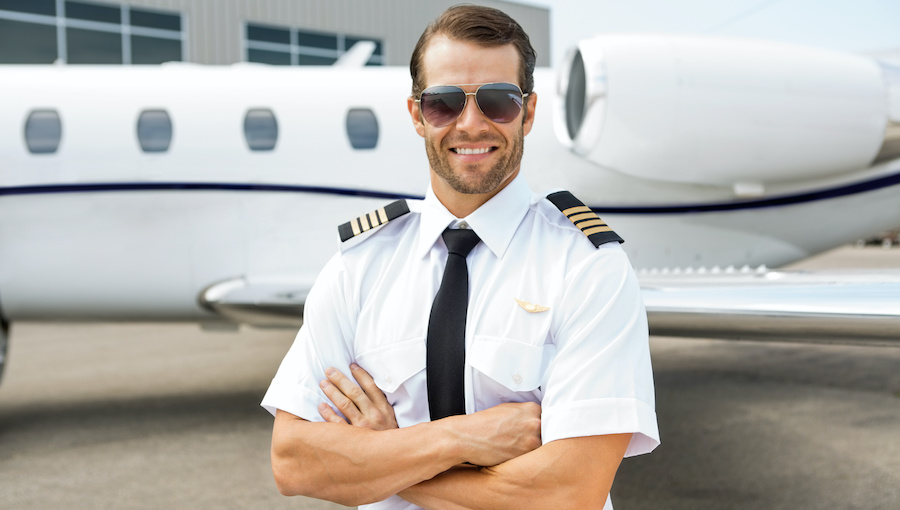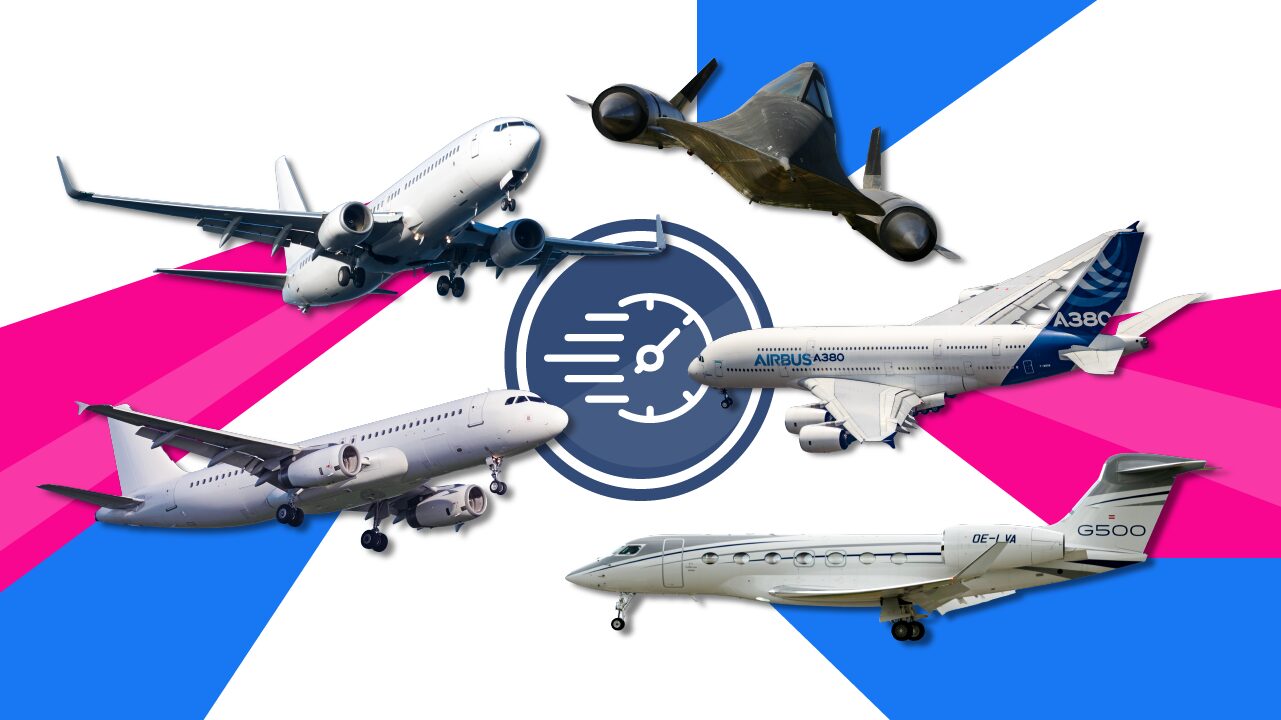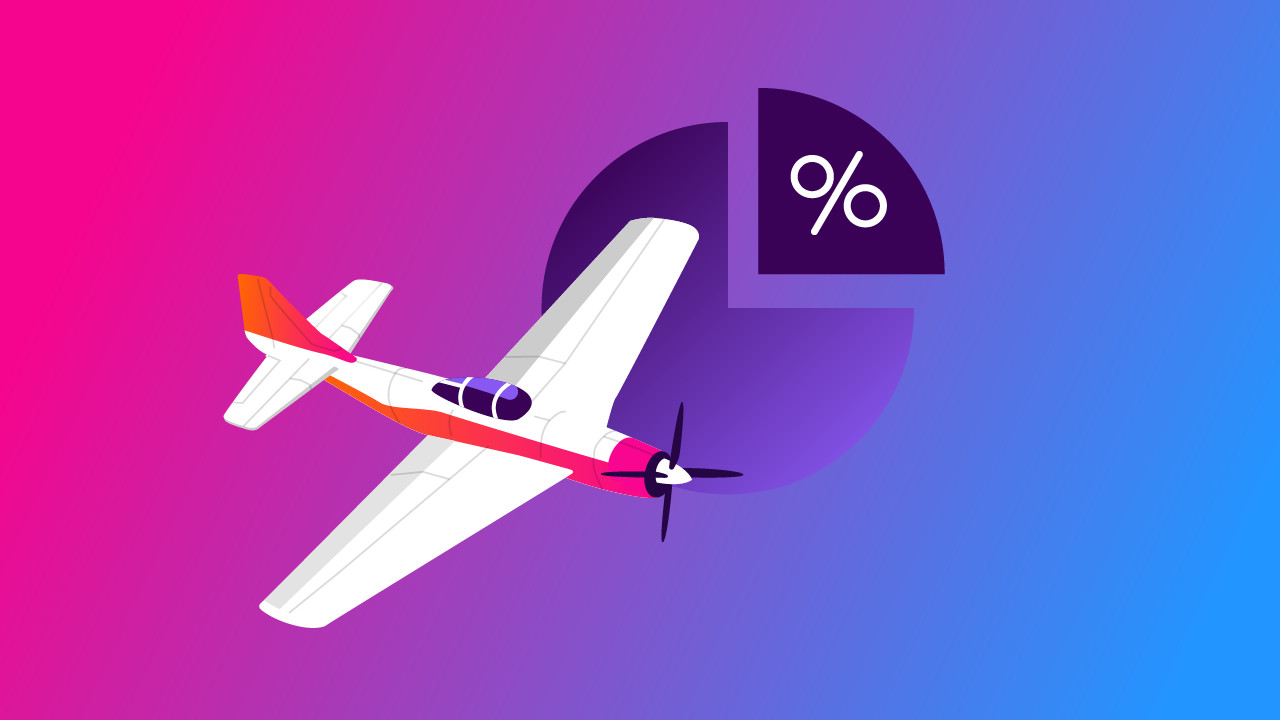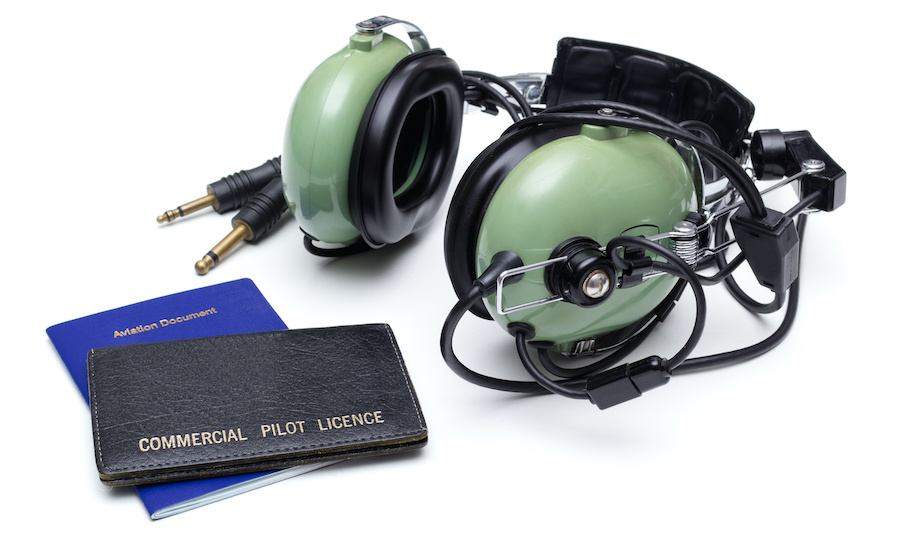-
What is a Commercial Pilot?
- Getting Your Commercial Pilot License
-
Commercial Pilot License Requirements
-
Commercial Pilot License Training
- Ground School
- Flight School
-
Commercial Pilot License Tests
- Aeronautical Knowledge Test
- Practical Test (Checkride)
-
Commercial Pilot License Privileges & Limitations
-
Commercial Pilot License Cost
-
Final Thoughts
People become pilots for many reasons, but if you intend to make a living as a pilot, you almost certainly need a commercial pilot license (CPL).
Sure, you can earn money with a private pilot license.
But your options are limited. Very limited.
For one, you can’t carry passengers or property for compensation, which you may as a commercial pilot.
Getting your commercial pilot license gives you access to jobs like flight instruction, corporate flying, and pipeline patrol.
After getting enough flight experience, it also gets you closer to an airline career.
So, how do you become a commercial pilot?
Let’s start with the qualifications.
But let’s get our terms right first.
What is a Commercial Pilot?
A commercial pilot is a person that holds a commercial pilot license (or certificate).
What’s a commercial pilot license? It’s an FAA-issued airman certificate obtained by a person after he or she passes the applicable knowledge and practical tests. It permits the holder to carry persons or property for compensation or hire.
How do you get it? Let’s find out.
Getting Your Commercial Pilot License
Here are the steps you need to follow to become a commercial pilot:
- Make sure you meet the eligibility requirements
- Get your medical certificate (second-class, at least)
- Enroll in a pilot school or start flying with a flight instructor
- Get through your ground training or home-study course
- Pass your commercial pilot written test
- Complete your flight training and earn the logbook endorsements
- Pass your commercial pilot checkride
Voila, but what are the requirements?
Let’s jump in.
Commercial Pilot License Requirements
Aviation English comprises an eligibility requirement for all airman certificates, including the commercial pilot license.
So, you must be able to read, speak, write, and understand English.
As far as age, you must be at least 18 years old to become a commercial pilot.
Furthermore, you must meet the following requirements:
- Hold at least a private pilot certificate.
- Have at least a second-class medical certificate.
- Receive proper ground instruction, flight training, and logbook endorsements.
- Pass aeronautical knowledge and practical tests.
Getting your medical certificate is a simple process. You only need to complete a physical and an online application.
Obtaining a commercial pilot license also comes with a minimum flight time requirement, which we’ll discuss later on.
It’s worth noting that the instrument rating isn’t a requirement to get your license. However, it’s highly desirable by employers as most commercial operations involve instrument flight.
Now you know the requirements, let’s move on to the nitty-gritty of getting your commercial pilot license.
It’s learning the ropes.
Commercial Pilot License Training
A commercial pilot license course involves ground and flight training, both equally important to become a proficient pilot.
Ground School
The commercial pilot ground school expands on the knowledge you’ve obtained during your private pilot training. You start learning about advanced topics in meteorology, navigation, and communications.
Most notably, you acquire knowledge of night, high-altitude, and National Airspace System operations.
The structure of ground training depends on the type of school.
See, pilot schools operate under two different sets of regulations, Part 61 and Part 141.
How does the ground school differ between the two?
Simply put, Part 61 schools have no set number of hours. You can either complete a home-study course or take classes with an instructor.
However, Part 141 must include at least 35 hours of ground training in an FAA-approved course.
Some schools also offer online ground schooling to enhance the learning experience for students.
It’s a good idea to think about how you want to go about the training. You see, you can complete your ground school before starting the flight portion.
Or do both simultaneously, it’s up to what you feel is more beneficial.
Flight School
Compared to private, the commercial flight training introduces Commercial maneuvers, which include lazy eights, chandelles, and power-off approaches. Each requires a high degree of awareness, coordination, and precision.
How many hours to get your commercial pilot license?
Well, Part 61 vs Part 141 difference comes into play here too.
You must log at least 250 flight hours at a Part 61 school to obtain your commercial pilot license. In contrast, you only need a minimum of 190 flight hours in a Part 141 school.
The flight time in either type of school must include minimum hours of the following:
- Training in a complex airplane, a turbine-powered airplane, or a technically advanced airplane (TAA).
- Cross-country flights.
- Instrument training.
- Solo time.
- Night flying.
- Preparation flight for the checkride.
Moreover, you may credit a certain number of hours toward the total using a flight simulator or training device.
The duration of your training varies depending on the course.
You might take merely 12 weeks in an accelerated course, while zero to CPL courses can take 9 months or more.
Of course, the typical duration takes into account that you have around 70 hours obtained through your private pilot training.
If you build enough flight time, you can find courses that last only a week.
Ultimately, you become eligible to do your checkride when you’ve logged enough hours, passed the preparatory flight, and received an instructor endorsement.
Commercial Pilot License Tests
You must pass aeronautical and practical tests to get your commercial pilot license.
Aeronautical Knowledge Test
You may take the commercial pilot knowledge test at 16 years old.
But that’s two years before you can get the license.
You’re right, but the 24 months allow ample time for budding pilots with busy schedules to complete the training.
You must prove your readiness before taking the test, though.
How?
It’s called an authorization, which provides proof that you’ve received the required ground training. It can be a logbook endorsement, written statement, or a certificate of graduation.
Here’s what to expect on your knowledge test:
- It consists of 100 multiple-choice questions.
- Each question has 3 possible answers.
- The allotted time is 3 hours.
- The passing score is 70%.
- Retesting is possible after getting an instructor endorsement.
- It’s valid for two years.
It can be stressful having to worry about theory and flying tests at the same time. So, you’d be wise to pass the knowledge test before you start your flight training.
Practical Test (Checkride)
You have to overcome one last challenge before getting your commercial pilot license.
The dreaded practical test, or checkride.
How do you get ready for it?
You must pass the knowledge test, complete your training, and pass a preparation flight.
Only then your instructor can issue his endorsement, meaning that your knowledge and proficiency meet the standards.
Wondering what the commercial pilot checkride is like? Here’s a quick summary:
- It’s conducted by an FAA inspector or Designated Pilot Examiner (DPE).
- It consists of an oral and a flight, each lasting an hour and a half, on average.
- Your examiner issues a temporary pilot certificate upon passing.
- You receive a permanent certificate from the FAA after reviewing your qualifications.
Hopefully, you’ll pass the checkride the first time. But if you fail, retesting is possible after receiving further flight instruction.
What can you do with a commercial pilot license, though?
Commercial Pilot License Privileges & Limitations
Carrying passengers or property for compensation is your main privilege as a commercial pilot.
You have access to a few paid jobs outlined in Part 119 of the Federal Aviation Regulations, including:
- Student instruction (after getting your CFI).
- Nonstop Commercial Air Tours (subject to the applicable regulations).
- Ferry or training flights.
- Crop dusting, seeding, spraying, and bird chasing.
- Banner towing.
- Aerial photography or survey.
One more thing:
You can also work as a jump pilot flying skydivers, which can be a fun job that lets you meet new, interesting people all the time.
How much can you make with a commercial pilot license?
A tough question.
The commercial pilot’s salary depends on a host of factors, including experience, company, and flight frequency. Your annual income can range from $20,000 to more than $100,000.
The primary limitation on a commercial pilot license comes into effect if you don’t have an instrument rating. Without it, your license will contain the following restriction:
“The carriage of passengers for hire in (airplanes) on cross-country flights in excess of 50 nautical miles or at night is prohibited.”
But you’re able to remove this limitation as soon as you get your instrument rating
You can’t legally work in an air carrier that requires Part 121 or Part 135 certificate. The restriction encompasses domestic (both national and regional), commuter, and on demand operators.
You got to invest money to get the license, commercial pilot training isn’t for free. Well, for the most part.
Commercial Pilot License Cost
Commercial pilot training cost has a broad range depending on several factors, including the type of school, airplane rental, and your flight time.
If you logged close to the minimum flight hours required, a typical commercial pilot course costs from $5,000 to $10,000.
Additionally, most courses offer instrument rating, multiengine rating, or both as part of a commercial pilot course.
You probably want to get both as they’re essential for most commercial operations.
Taking this into account, you can pay $30,000 or more for your training.
You also need to budget $1,000-$2,000 for miscellaneous expenses, such as a headset, books, and study materials.
In summary, the cost depends on your circumstances, with your flight time being the main factor.
Final Thoughts
Why become a commercial pilot?
The training hones your precision, coordination, and handling.
Naturally, it makes you a better pilot.
But that’s not all.
A CPL opens the door for paid jobs as it permits you to fly for compensation or hire.
It also makes an airline career a possibility once you’ve logged enough flight time for an airline transport pilot license.
If you’re wondering what it takes to become a pilot, then take a look at Pilot Institute’s free video guide. It explains the process through short, easy to follow videos packed with information.
Contents



